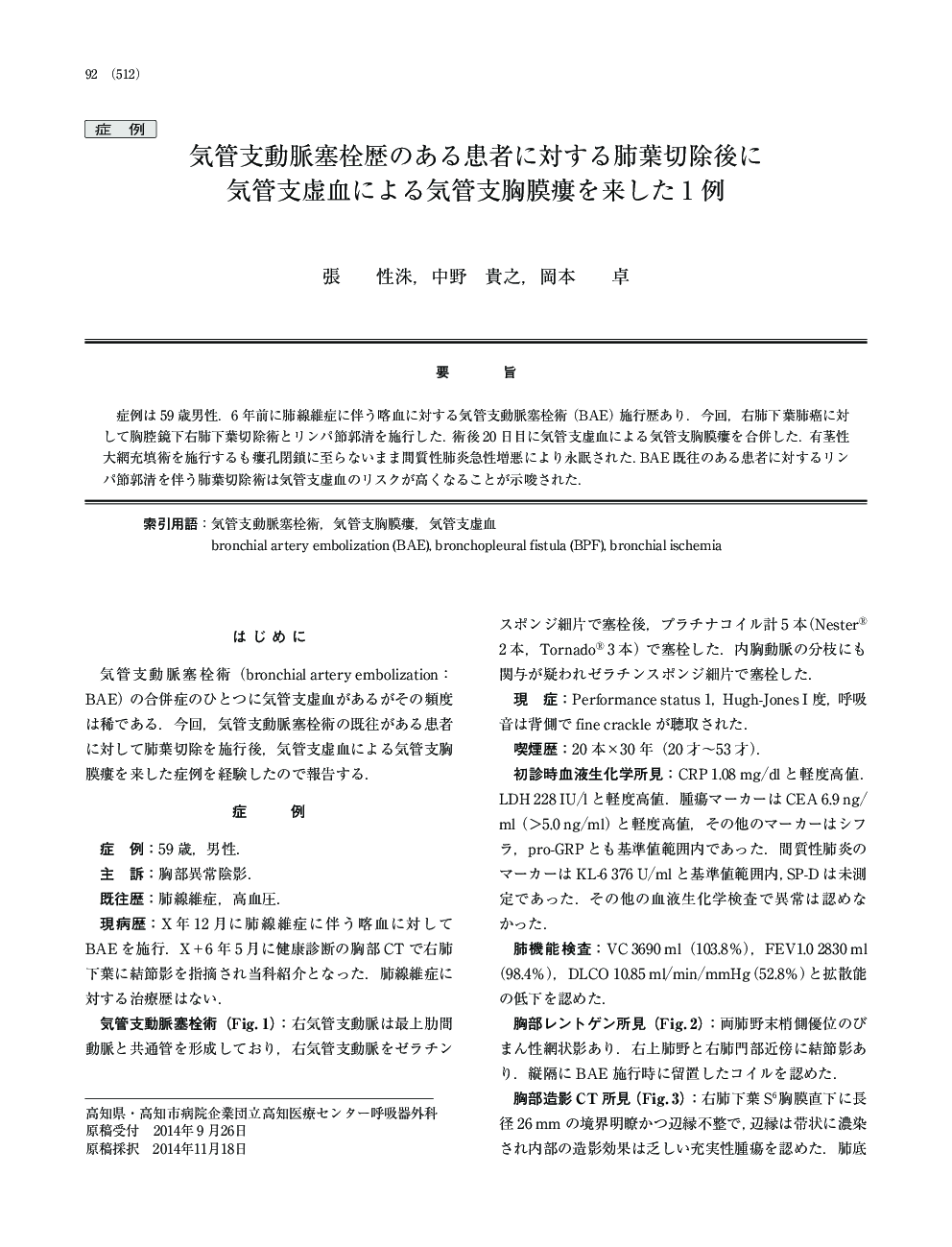| Article ID | Journal | Published Year | Pages | File Type |
|---|---|---|---|---|
| 691189 | Journal of the Taiwan Institute of Chemical Engineers | 2015 | 5 Pages |
Abstract
Decomposition of hazardous methomyl via ozonation (OZ) and ultraviolet photolysis OZ (UV-OZ) processes was studied. The decomposition efficiencies of methomyl (ηmet) and total organic carbon (ηTOC) were determined to measure the oxidative destruction ability. In the OZ process with pH 7 and 10, methomyl can be decomposed completely at the applied ozone dosage per volume of liquid (mA,in) of 300 mg Lâ1. At mA,in of 3600 mg Lâ1 with pH values controlled at 2, 7 and 10, the ηTOC values are 13, 26 and 43%, respectively, showing the great influence of pH value on the ηTOC for the OZ process. Combining the UV-C radiation in the OZ process can promote the decomposition of O3 to form OHË radical which has higher oxidizing ability than O3 and can further decompose the acidic intermediates, thus increasing the ηTOC. At mA,in of 3600 mg Lâ1 and UV-C lamp irradiation power of 16 W with controlled pH values at 2, 7 and 10 in the UV-OZ process, the ηTOC values are close to that (72%) without controlling the pH value. The results indicate that the UV-C radiation can enhance the mineralization with insignificant effect of pH value.
Related Topics
Physical Sciences and Engineering
Chemical Engineering
Process Chemistry and Technology
Authors
Chia-Chi Chang, Claire Trinh, Chun-Yu Chiu, Ching-Yuan Chang, Sheng-Wei Chiang, Dar-Ren Ji, Jyi-Yeong Tseng, Chiung-Fen Chang, Yi-Hung Chen,
